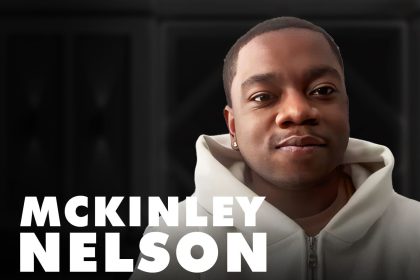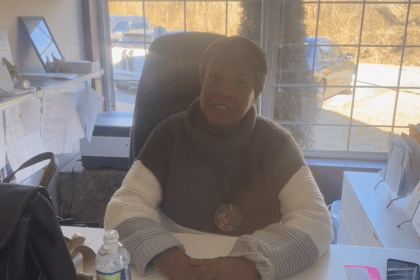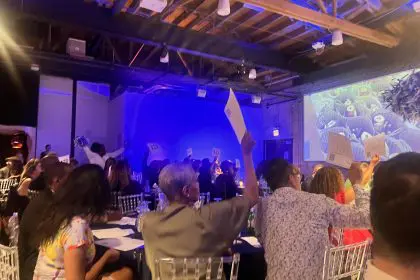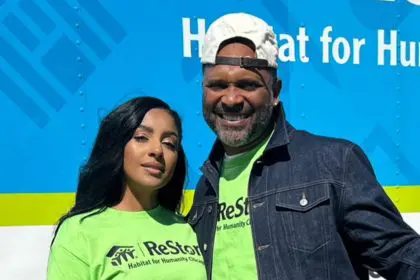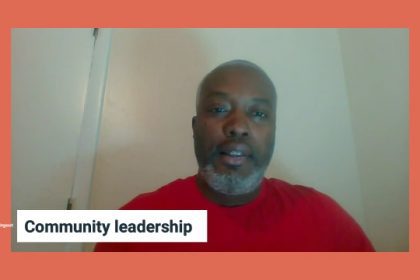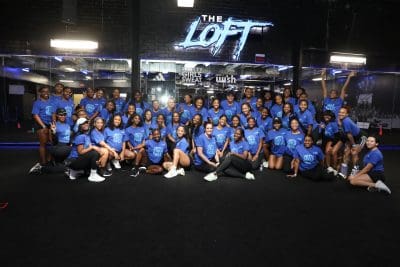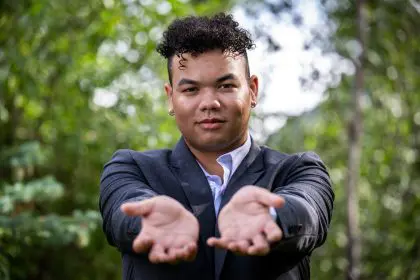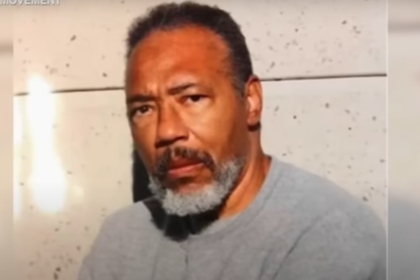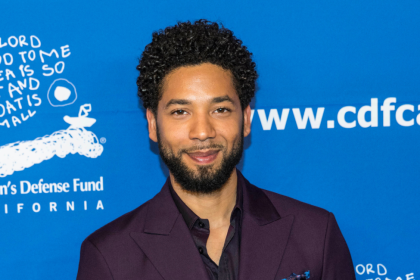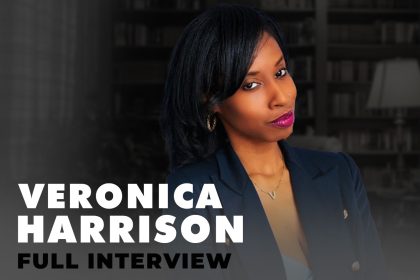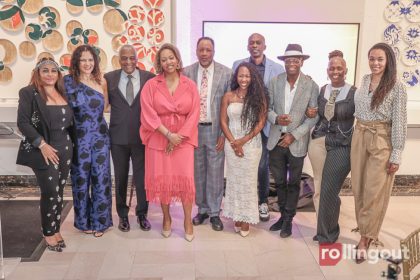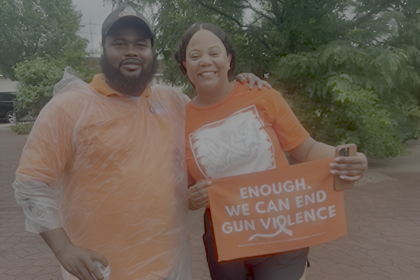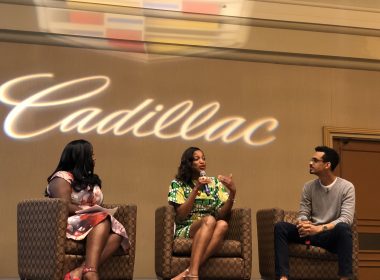Rev. Jesse Jackson (at podium), Arthur M. Brazier (seated, 2nd to the left).
“When I came to Chicago in 1964, Saul Alinsky was organizing the Woodlawn community, to stop the encroachment of the University and taking people’s property. Bishop Brazier was leading that fight and I was working the next year as an organizer for Dr. King.
Bishop Brazier embraced me and my family, and nurtured me, so my relationship with him is quite personal because of his warm embrace – his maturity.
When Dr. King came to Chicago, ministers closed doors in his face and locked him out. Rev. Brazier invited Dr. King to Chicago and walked with him. It’s easy to love Dr. King, the martyr who’s dead, but reject him, the marcher, when he was alive. He embraced Dr. King, the marcher and Dr. King, the martyr.
There’s a new Woodlawn today. The beautiful church, the school, the Y, the home ownership, the connection with the University; he recognizes the best of ministry and a searing quest for justice and fairness.”
– Rev. Jesse L. Jackson, Sr.
“Throughout the month of February we shared intimate recounts of the unwavering work of a true activist, Bishop Arthur M. Brazier. True, in the sense that the work was for the people, not recognition.
When looking at our current situation here in Chicago, it is helpful to take a look back to gain understanding, inspiration and strength from those who came before us and paved a way to a better life.


